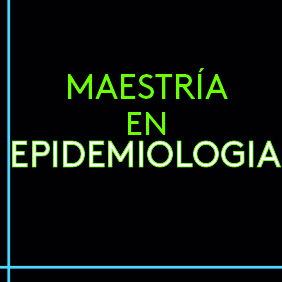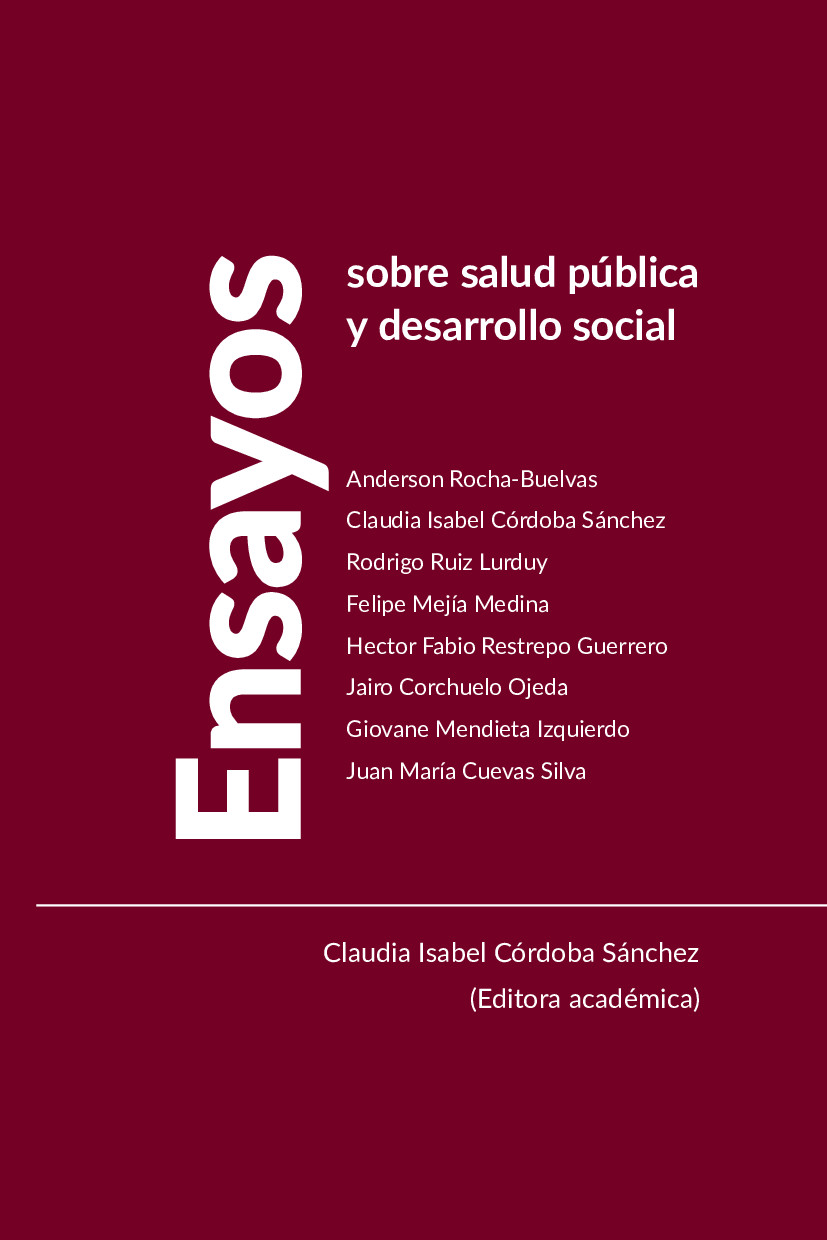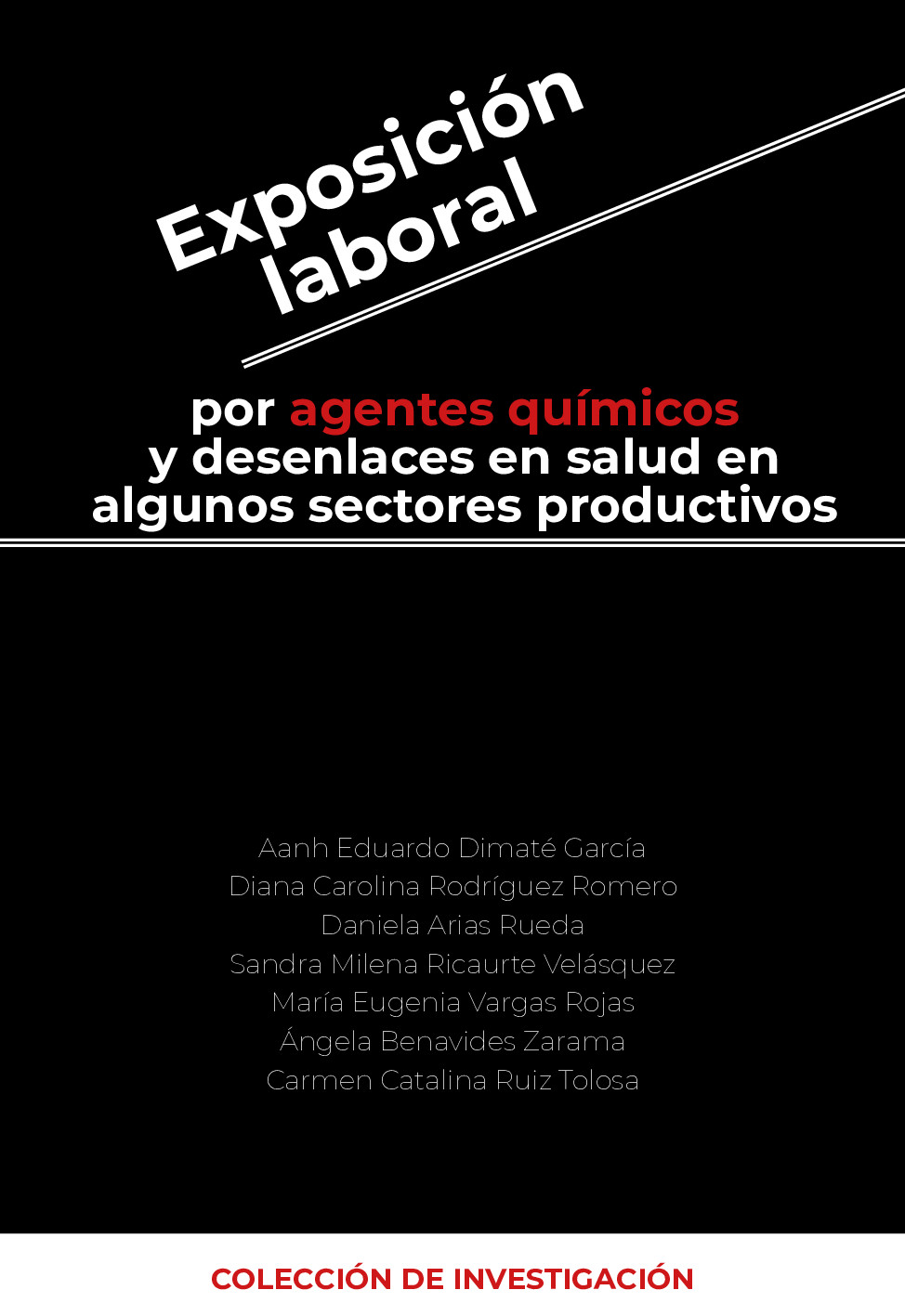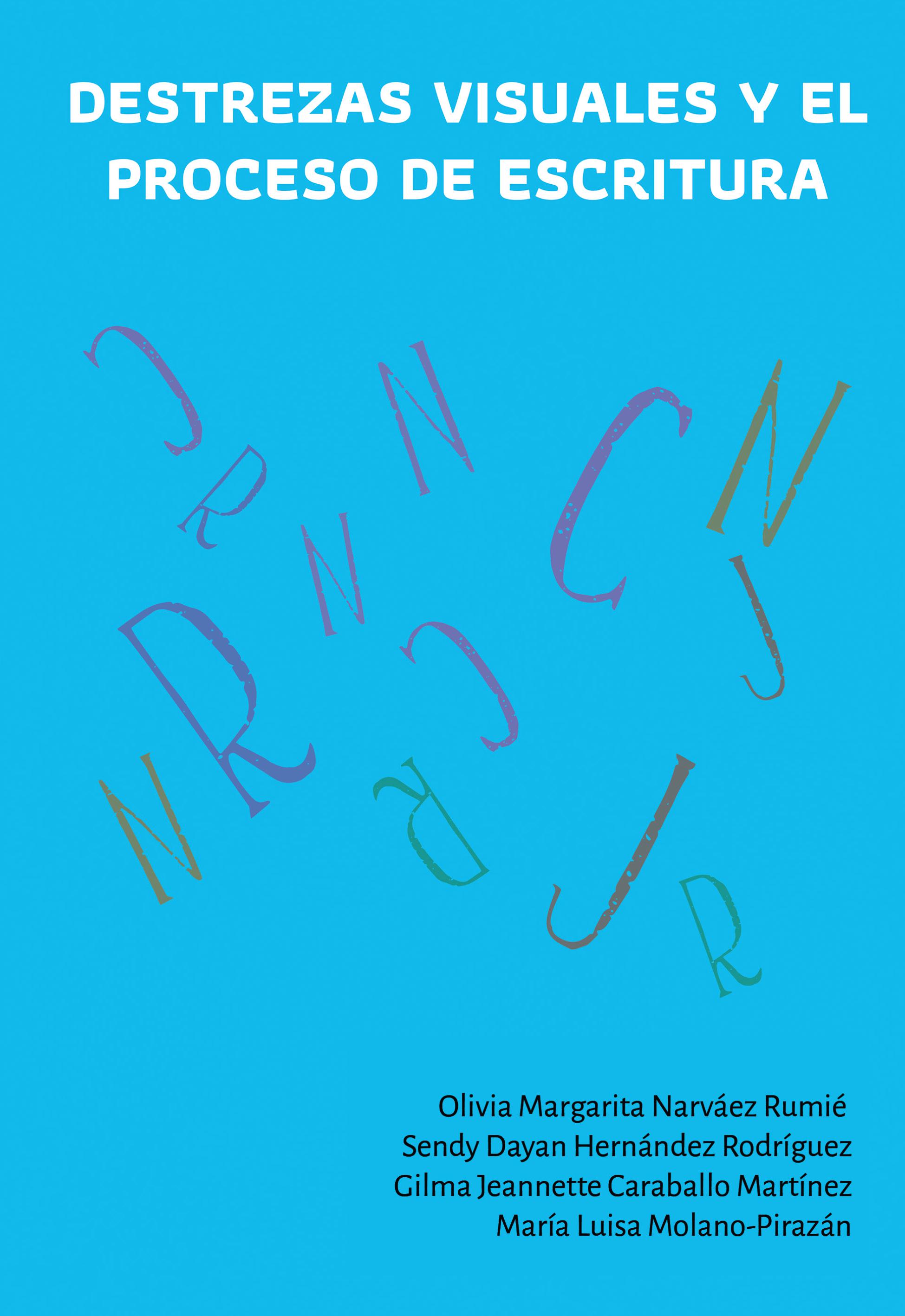Abstract
Childhood interventions should involve families, careers and education groups of children's 3-6 years old, particularly focused on the poorest, such as indigenous people of Colombia and those in rural areas.
Programs that develop strategies for health, physical activity, and nutrition and education services and also undertake families are characterized by having a sufficient intensity and duration is cost-effective. The benefits can be increased when these programs consult the conditions and needs.
According to the econometric analysis, all the interventions in childhood must be linked to social development projects involving more income for economically vulnerable population because both increased revenues and order nutritional programs contribute significantly to the reducing malnutrition and reduced the intergenera-tional transmission of poverty.
Licence
Authors should declare no conflicts of interest either for reasons of financing the project which is the result of the article; as well as intellectuals, academics, moral and investigative reasons.
The Journal of Andean Research is home to the ethical rules for publications issued by the COPE: http://publicationethics.org/resources/code-conduct
References
2. Tremblay RE, Japel C, Perusse D, McDuff P, Boivin M, Zoccolillo M, et al. The search for the age of 'onset'of physical aggression: Rousseau and Bandura revisited. Criminal Behaviour and Mental Health. 1999;9(1):8-23. http://dx.doi.org/10.1002/cbm.288
3. Hartup WW. Aggression in childhood: Developmental perspectives. American Psychologist. 1974;29(5):336. http://dx.doi.org/10.1037/h0037622
4. Duque LF, Orduz JF, Sandoval JdJ, Caicedo BE, Klevens J. Lecciones del programa de prevención temprana de la violencia, Medellín, Colombia. Rev Panam Salud Publica. 2007;21(1):21-9. http://dx.doi.org/10.1590/S1020-49892007000100003
5. Slaby R, Roedell W, Arezzo D, Hendrix K. Early violence prevention: tools for teachers of young children National Association for the Education of Young Children. Washington, DC. 1995.
6. Cattaneo ME, Huertas JA, de la Cruz M. ¿ Qué dicen los estudiantes de nivel medio y de grupos sociales distintos acerca de sus metas para el aprendizaje? Estudios pedagógicos (Valdivia). 2004(30):21-37.
7. Bandura A. The social learning perspective: Mechanisms of aggression. Journal of Communication. 1986;28(3):12-30. http://dx.doi.org/10.1111/j.1460-2466.1978.tb01621.x
8. Tremblay RE, Hartup WW, Archer J. Developmental origins of aggression: Guilford Press; 2005.
9. Lutter C, Chaparro C. La desnutrición en lactantes y ni-os peque-os en América Latina y el Caribe: alcanzando los objetivos de desarrollo del milenio. Washington DC: OPS. 2008.
10. Delgado AO, Oliva Delgado A. Estado actual de la teoría del apego. Revista de Psiquiatría y Psicología del Ni-o y del Adolescente. 2004;4(1):65-81.
11. Hawkins JD, Herrenkohl T, Farrington DP, Brewer D, Catalano RF, Harachi TW. A review of predictors of youth violence. 1998.
12. Klevens J, Restrepo O, Roca J, Martínez A. Epidemiología de la delincuencia en cinco ciudades (Informe técnico). Bogotá: COLCIENCIAS. 1997.
13. Bartusch DRJ, Lynam DR, Moffitt TE, Silva PA. Is Age Important? Testing A General Versus A Developmental Theory Of Antisocial Behavior*. Criminology. 1997;35(1):13-48. http://dx.doi.org/10.1111/j.1745-9125.1997.tb00869.x
14. Chung I-J, Hill KG, Hawkins JD, Gilchrist LD, Nagin DS. Childhood predictors of offense trajectories. Journal of research in crime and delinquency. 2002;39(1):60-90. http://dx.doi.org/10.1177/002242780203900103
15. Moffitt TE, Caspi A, Harrington H, Milne BJ. Males on the life-course-persistent and adolescence-limited antisocial pathways: Follow-up at age 26 years. Development and psychopathology. 2002;14(01):179-207. http://dx.doi.org/10.1017/S0954579402001104
16. Moffitt TE, Caspi A. Childhood predictors differentiate life-course persistent and adolescence-limited antisocial pathways among males and females. Development and psychopathology. 2001;13(02):355-75. http://dx.doi.org/10.1017/S0954579401002097
17. Nagin DS, Farrington DP, Moffitt TE. Life Course Trajectories Of Different Types Of Offenders. Criminology. 1995;33(1):111-39. http://dx.doi.org/10.1111/j.1745-9125.1995.tb01173.x
18. Simons RL, WU CI, Conger RD, Lorenz Fo. Two Routes To Delinquency: Differences Between Early And Late Starters In The Impact Of Parenting And Deviant Peers*. Criminology. 1994;32(2):247-76. http://dx.doi.org/10.1111/j.1745-9125.1994.tb01154.x
19. Tolan PH, Thomas P. The implications of age of onset for delinquency risk II: Longitudinal data. Journal of Abnormal Child Psychology. 1995;23(2):157-81. http://dx.doi.org/10.1007/BF01447087
20. Vitelli R. Comparison of early and late start models of delinquency in adult offenders. International Journal of Offender Therapy and Comparative Criminology. 1997;41(4):351-7. http://dx.doi.org/10.1177/0306624X97414005
21. Klevens J, Roca J. Nonviolent youth in a violent society: Resilience and vulnerability in the country of Colombia. Violence and victims. 1999;14(3):311-22.
22. Klevens J, Restrepo O, Roca J, Martinez A. Comparison of offenders with early-and late-starting antisocial behavior in Colombia. International Journal of Offender Therapy and Comparative Criminology. 2000;44(2):194-203. http://dx.doi.org/10.1177/0306624X00442005
23. Nagin D, Tremblay RE. Trajectories of boys' physical aggression, opposition, and hyperactivity on the path to physically violent and nonviolent juvenile delinquency. Child development. 1999;70(5):1181-96. Epub 1999/11/05. http://dx.doi.org/10.1111/1467-8624.00086
24. Farrington DP. The development of offending and antisocial behaviour from childhood: Key findings from the Cambridge Study in Delinquent Development. Journal of Child Psychology and Psychiatry. 1995;36(6):929-64. http://dx.doi.org/10.1111/j.1469-7610.1995.tb01342.x
25. Farrington DP, Loeber R, Van Kammen WB. Long-term criminal outcomes of hyperactivity-impulsivity-attention deficit and conduct problems in childhood. Straight and devious pathways from childhood to adulthood. 1990;1.
26. White JL, Moffitt TE, Earls F, Robins L, Silva PA. How Early Can We Tell?: Predictors Of Childhood Conduct Disorder And Adolescent Delinquency*. Criminology. 1990;28(4):507-35. http://dx.doi.org/10.1111/j.1745-9125.1990.tb01337.x
27. Olweus D. Stability of aggressive reaction patterns in males: a review. Psychological bulletin. 1979;86(4):852. http://dx.doi.org/10.1037/0033-2909.86.4.852
28. Loeber R. The stability of antisocial and delinquent child behavior: A review. Child development. 1982:1431-46. http://dx.doi.org/10.2307/1130070
29. Campbell SB. Behavior problems in preschool children: A review of recent research. Journal of Child Psychology and Psychiatry. 1995;36(1):113-49. http://dx.doi.org/10.1111/j.1469-7610.1995.tb01657.x
30. Dahlberg LL, Krug EG. Violence--a global public health problem. 2002.
31. Kratzer L, Hodgins S. Adult outcomes of child conduct problems: A cohort study. Journal of Abnormal Child Psychology. 1997;25(1):65-81. http://dx.doi.org/10.1023/A:1025711525255
32. Salud CMd. La salud en Colombia: diez a-os de información1994.
33. Herrenkohl TI, Maguin E, Hill KG, Hawkins JD, Abbott RD, Catalano RF. Developmental risk factors for youth violence. Journal of Adolescent Health. 2000;26(3):176-86. http://dx.doi.org/10.1016/S1054-139X(99)00065-8
34. Carroll GB, Hébert D, Roy JM. Youth action strategies in violence prevention. Journal of Adolescent Health. 1999;25(1):7-13. http://dx.doi.org/10.1016/S1054-139X(98)00114-1
35. Tracy PE, Wolfgang ME, Figlio RM. Delinquency careers in two birth cohorts: Plenum Press; 1990. http://dx.doi.org/10.1007/978-1-4684-7050-5
36. Klevens J, Roca J, Restrepo O, Martinez A. Risk factors for adult male criminality in Colombia. Criminal Behaviour and Mental Health. 2001;11(2):73-85. http://dx.doi.org/10.1002/cbm.372
37. Dodge KA, Pepler D, Rubin K. The structure and function of reactive and proactive aggression. The development and treatment of childhood aggression. 1991;16(5):201-18.
38. Organization WH. Health conditions in the Americas: Pan Amer Health Org; 1990.
39. Rosenberg ML, Mercy JA. Assaultive violence. Violence in America: A public health approach. 1991:14-50.
40. Dahlberg LL, Toal SB, Swahn MH, Behrens CB. Measuring violence-related attitudes, behaviors, and influences among youths: A compendium of assessment tools. Centers for Disease Control and Prevention. 2005.
41. General OotS. Youth violence: A report of the Surgeon General. 2001.
42. Ojeda G, Gómez MO, de la Familia Colombiana AP. Salud sexual y reproductiva en Colombia: encuesta nacional de demografía y salud: resumen Región Atlántica: Profamilia; 2000.
43. Shonkoff JP, Phillips DA. From neurons to neighborhoods: The science of early childhood development: National Academies Press; 2000.
44. Salud OPdl. La salud en las Américas: Pan American Health Org; 2002.
45. Torres S. Globalización e Interdisciplinariedad del Currículo Integrado. Ediciones Morata. Madrid2001.
46. Marcus RF, Kramer C. Reactive and proactive aggression: Attachment and social competence predictors. The Journal of genetic psychology. 2001;162(3):260-75. http://dx.doi.org/10.1080/00221320109597483
47. Djeddah C, Facchin P, Ranzato C, Romer C. Child abuse: current problems and key public health challenges. Social Science & Medicine. 2000;51(6):905-15. http://dx.doi.org/10.1016/S0277-9536(00)00070-8
48. Black RE, Allen LH, Bhutta ZA, Caulfield LE, De Onis M, Ezzati M, et al. Maternal and child undernutrition: global and regional exposures and health consequences. The lancet. 2008;371(9608):243-60. http://dx.doi.org/10.1016/S0140-6736(07)61690-0
49. J O, B M, P M. Influencias Escolares. Fundamentos científicos de Psiquiatría del Desarrollo. Barcelona: Editorial Salvat; 1985.
50. Martínez J, Duque A, Mora J, Mora V. Alternativas para la reducción del comportamiento agresivo de los ni-os escolarizados. Manual para padres Editado por la Universidad Tecnológica de Pereira. 2006.
51. Martínez JW, Duque Franco A. El comportamiento agresivo y algunas características a modificar en los ni-os y ni-as. 2008.
52. Martinez JW, Rojas C, Duque A, Tovar R, Klevens J. Son los ni-os más agresivos que las ni-as? Comportamiento de la agresividad en ni-os y ni-as de escuelas públicas de Pereira. Revista Médica de Risaralda. 2008;14(1).
53. Restrepo MT. Estado nutricional y crecimiento físico: Editorial Universidad de Antioquia; 2000.
54. Aiga H, Matsuoka S, Kuroiwa C, Yamamoto S. Malnutrition among children in rural Malawian fish-farming households. Transactions of the Royal Society of Tropical Medicine and Hygiene. 2009;103(8):827-33. http://dx.doi.org/10.1016/j.trstmh.2009.03.028
55. Grantham-McGregor S, Cheung YB, Cueto S, Glewwe P, Richter L, Strupp B. Developmental potential in the first 5 years for children in developing countries. The lancet. 2007;369(9555):60-70. http://dx.doi.org/10.1016/S0140-6736(07)60032-4
56. Braun Jv, Swaminathan M, Rosegrant M, Montes Santiago M, Stone L, Church J, et al. Repositioning nutrition as central to development: a strategy for large-scale action. Directions in Development (EUA). 2006.
57. Walker SP, Wachs TD, Meeks Gardner J, Lozoff B, Wasserman GA, Pollitt E, et al. Child development: risk factors for adverse outcomes in developing countries. The lancet. 2007;369(9556):145-57. http://dx.doi.org/10.1016/S0140-6736(07)60076-2
58. McCabe KM, Hough R, Wood PA, Yeh M. Childhood and adolescent onset conduct disorder: A test of the developmental taxonomy. Journal of Abnormal Child Psychology. 2001;29(4):305-16. http://dx.doi.org/10.1023/A:1010357812278
59. Victora CG, Adair L, Fall C, Hallal PC, Martorell R, Richter L, et al. Maternal and child undernutrition: consequences for adult health and human capital. The lancet. 2008;371(9609):340-57. http://dx.doi.org/10.1016/S0140-6736(07)61692-4
60. Engle PL, Black MM, Behrman JR, Cabral de Mello M, Gertler PJ, Kapiriri L, et al. Strategies to avoid the loss of developmental potential in more than 200 million children in the developing world. The lancet. 2007;369(9557):229-42. http://dx.doi.org/10.1016/S0140-6736(07)60112-3
61. Sampson RJ, Raudenbush SW, Earls F. Neighborhoods and violent crime: A multilevel study of collective efficacy. Science. 1997;277(5328):918-24. http://dx.doi.org/10.1126/science.277.5328.918
62. Nevin JE, Witt DK. Well child and preventive care. Primary Care: Clinics in Office Practice. 2002;29(3):543-55. http://dx.doi.org/10.1016/S0095-4543(02)00004-0
63. Balk D, Storeygard A, Levy M, Gaskell J, Sharma M, Flor R. Child hunger in the developing world: An analysis of environmental and social correlates. Food Policy. 2005;30(5):584-611. http://dx.doi.org/10.1016/j.foodpol.2005.10.007
64. Le'Roy ER, Vera EM, Simon TR, Ikeda RM. The role of families and care givers as risk and protective factors in preventing youth violence. Clinical Child and Family Psychology Review. 2000;3(1):61-77.
http://dx.doi.org/10.1023/A:1009519503260
65. Restrepo Henao A, Duque Ramírez LF, Montoya Gómez NE. Program for the early prevention of health risk behaviors in preschool and school-aged children. Medellín, 2009-2012: a possibility of early prevention of risk behaviors in Latin America. Cadernos Saúde Coletiva. 2012;20(4):405-15. ttp://dx.doi.org/10.1590/S1414-462X2012000400002





















